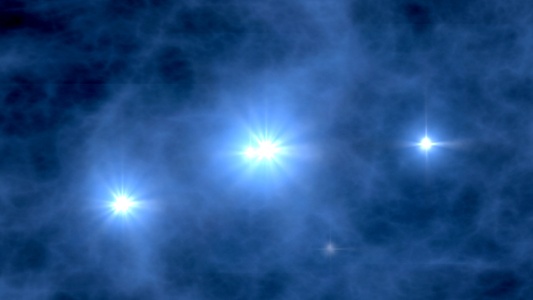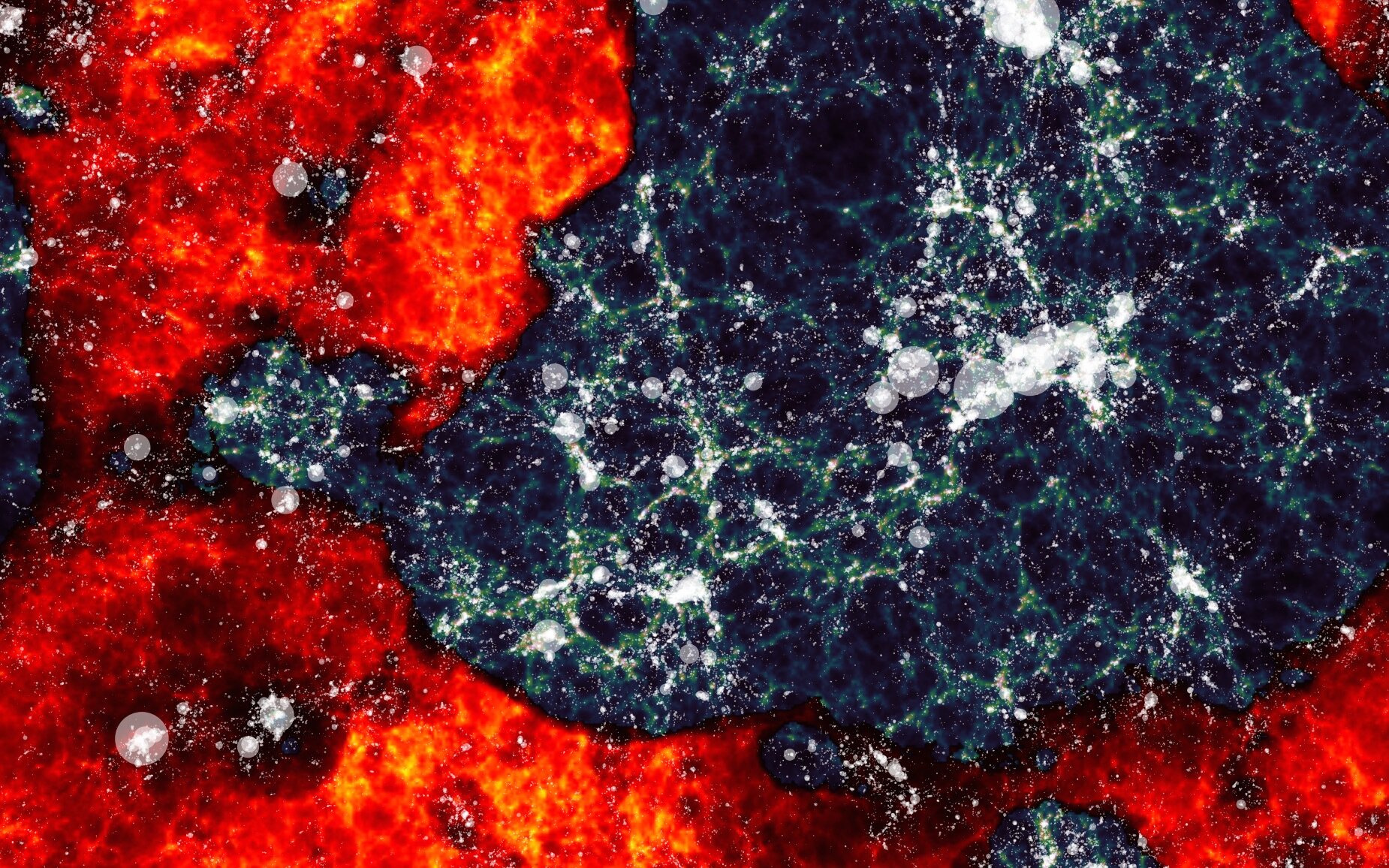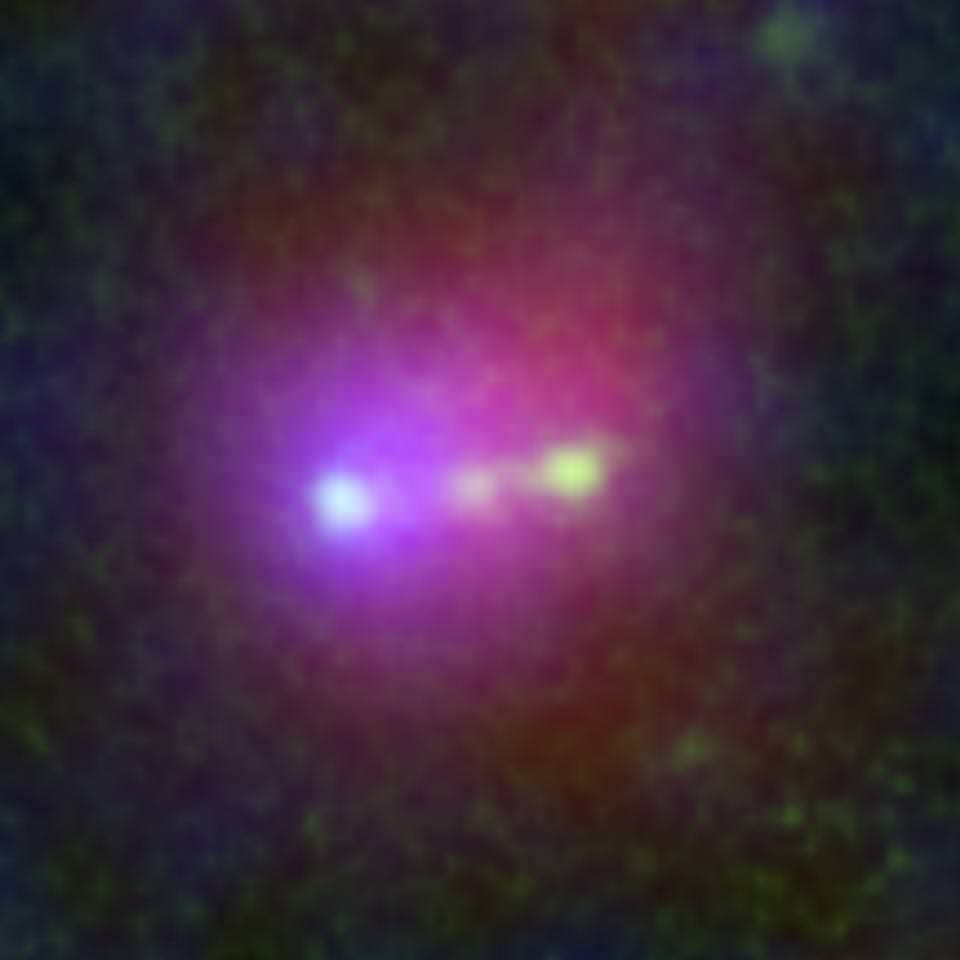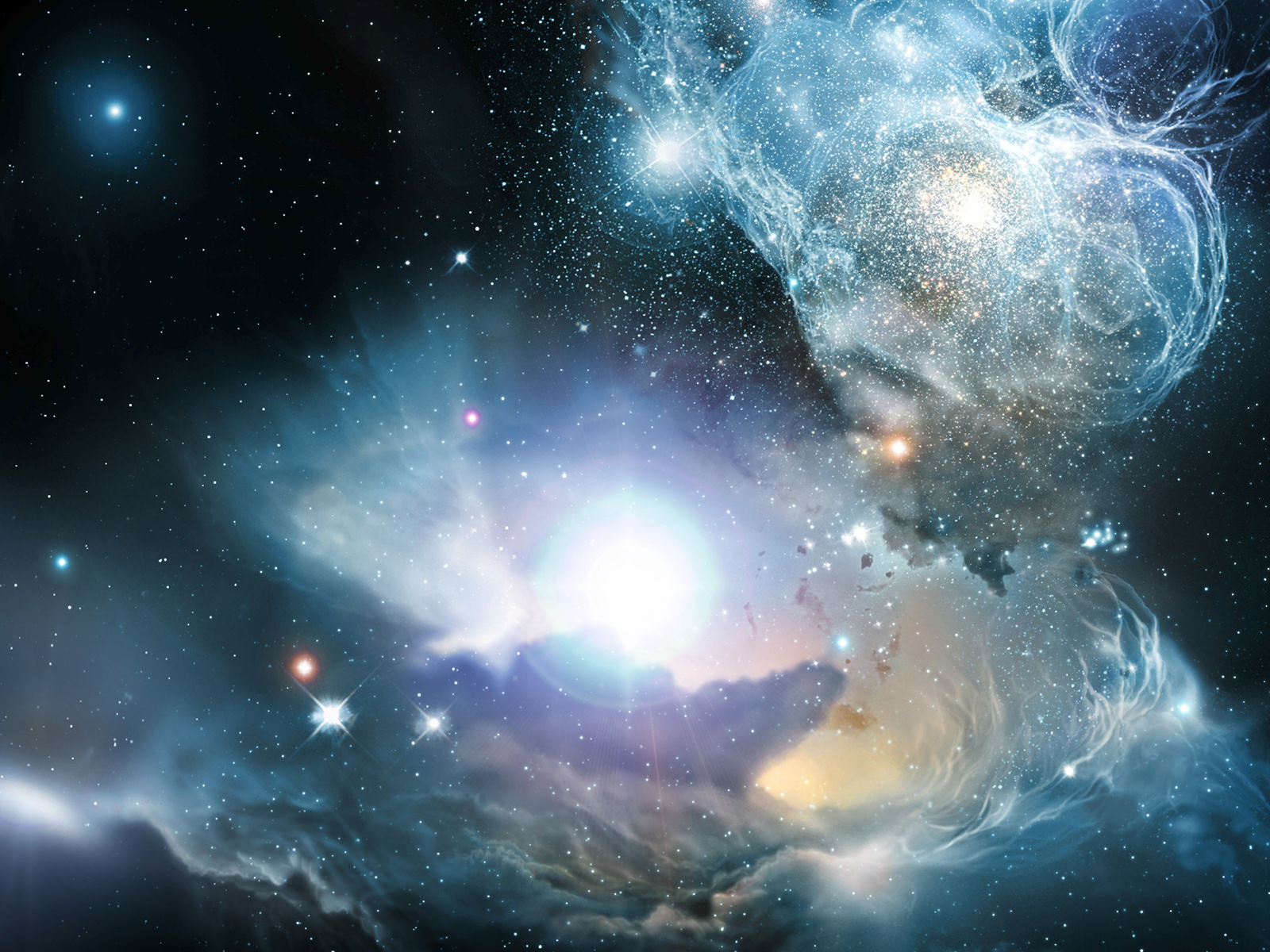The first stars to appear in the universe are no longer with us – they died long ago. But when they died they released torrents of gravitational waves, which might still be detectable as a faint hum in the background vibrations of the cosmos.
Continue reading “Next-Generation Gravitational Wave Observatories Could Detect the First Stars When They Exploded as Supernovae”Are the Burned-Out Remnants of the First Stars all Around us?

The first stars to appear in the universe lived fast and died young. Today, none of them likely remain. But their remnants, the black holes and neutron stars, might still wander around the cosmos. Unfortunately, they’re extremely difficult to detect unless they merge, and according to new research the only way to see them would be to conduct an unprecedented survey of the local volume of the universe.
Continue reading “Are the Burned-Out Remnants of the First Stars all Around us?”Cosmic Dawn Holds the Answers to Many of Astronomy’s Greatest Questions

Thanks to the most advanced telescopes, astronomers today can see what objects looked like 13 billion years ago, roughly 800 million years after the Big Bang. Unfortunately, they are still unable to pierce the veil of the cosmic Dark Ages, a period that lasted from 370,000 to 1 billion years after the Big Bang, where the Universe was shrowded with light-obscuring neutral hydrogen. Because of this, our telescopes cannot see when the first stars and galaxies formed – ca., 100 to 500 million years after the Big Bang.
This period is known as the Cosmic Dawn and represents the “final frontier” of cosmological surveys to astronomers. This November, NASA’s next-generation James Webb Space Telescope (JWST) will finally launch to space. Thanks to its sensitivity and advanced infrared optics, Webb will be the first observatory capable of witnessing the birth of galaxies. According to a new study from the Université de Genève, Switzerland, the ability to see the Cosmic Dawn will provide answers to today’s greatest cosmological mysteries.
Continue reading “Cosmic Dawn Holds the Answers to Many of Astronomy’s Greatest Questions”Astronomers are hoping to see the very first stars and galaxies in the Universe

Sometimes it’s easy being an astronomer. When your celestial target is something simple and bright, the game can be pretty straightforward: point your telescope at the thing and just wait for all the juicy photons to pour on in.
But sometimes being an astronomer is tough, like when you’re trying to study the first stars to appear in the universe. They’re much too far away and too faint to see directly with telescopes (even the much-hyped James Webb Space Telescope will only be able to see the first galaxies, an accumulation of light from hundreds of billions of stars). To date, we don’t have any observations of the first stars, which is a major bummer.
Continue reading “Astronomers are hoping to see the very first stars and galaxies in the Universe”We May Soon Be Able To See the First, Supergiant Stars in the Universe

We need to talk about the dark ages. No, not those dark ages after the fall of the western Roman Empire. The cosmological dark ages. The time in our universe, billions of years ago, before the formation of the first stars. And we need to talk about the cosmic dawn: the birth of those first stars, a tumultuous epoch that completely reshaped the face the cosmos into its modern form.
Those first stars may have been completely unlike anything we see in the present universe. And we may, if we’re lucky, be on the cusp of seeing them for the first time.
Continue reading “We May Soon Be Able To See the First, Supergiant Stars in the Universe”
Astronomers Catch a Galactic Threesome in the Act

An enormous and incredibly luminous distant galaxy has turned out to actually be three galaxies in the process of merging together, based on the latest observations from ALMA as well as the Hubble and Spitzer space telescopes. Located 13 billion light-years away, this galactic threesome is being seen near the very beginning of what astronomers call the “Cosmic Dawn,” a time when the Universe first became illuminated by stars.
“This exceedingly rare triple system, seen when the Universe was only 800 million years old, provides important insights into the earliest stages of galaxy formation during a period known as ‘Cosmic Dawn’ when the Universe was first bathed in starlight,” said Richard Ellis, professor of astronomy at Caltech and member of the research team. “Even more interesting, these galaxies appear poised to merge into a single massive galaxy, which could eventually evolve into something akin to the Milky Way.”
In the image above, infrared data from NASA’s Spitzer Space Telescope are shown in red, visible data from NASA’s Hubble Space Telescope are green, and ultraviolet data from Japan’s Subaru telescope are blue. First discovered in 2009, the object is named “Himiko” after a legendary queen of Japan.
The merging galaxies within Himiko are surrounded by a vast cloud of hydrogen and helium, glowing brightly from the galaxies’ powerful outpouring of energy.
What’s particularly intriguing to astronomers is the noted lack of heavier elements like carbon in the cloud.
“This suggests that the gas cloud around the galaxy is actually quite primitive in its composition,” Ellis states in an NRAO video, “and has not yet been enriched by the products of nuclear fusion in the stars in the triple galaxy system. And what this implies is that the system is much younger and potentially what we call primeval… a first-generation object that is being seen. If true that’s very very exciting.”
Further research of distant objects like Himiko with the new high-resolution capabilities of ALMA will help astronomers determine how the Universe’s first galaxies “turned on”… was it a relatively sudden event, or did it occur gradually over many millions of years?
Watch the full video from the National Radio Astronomy Observatory below:
The research team’s results have been accepted for publication in the Astrophysical Journal.
Source: NASA/JPL press release and the NRAO.

